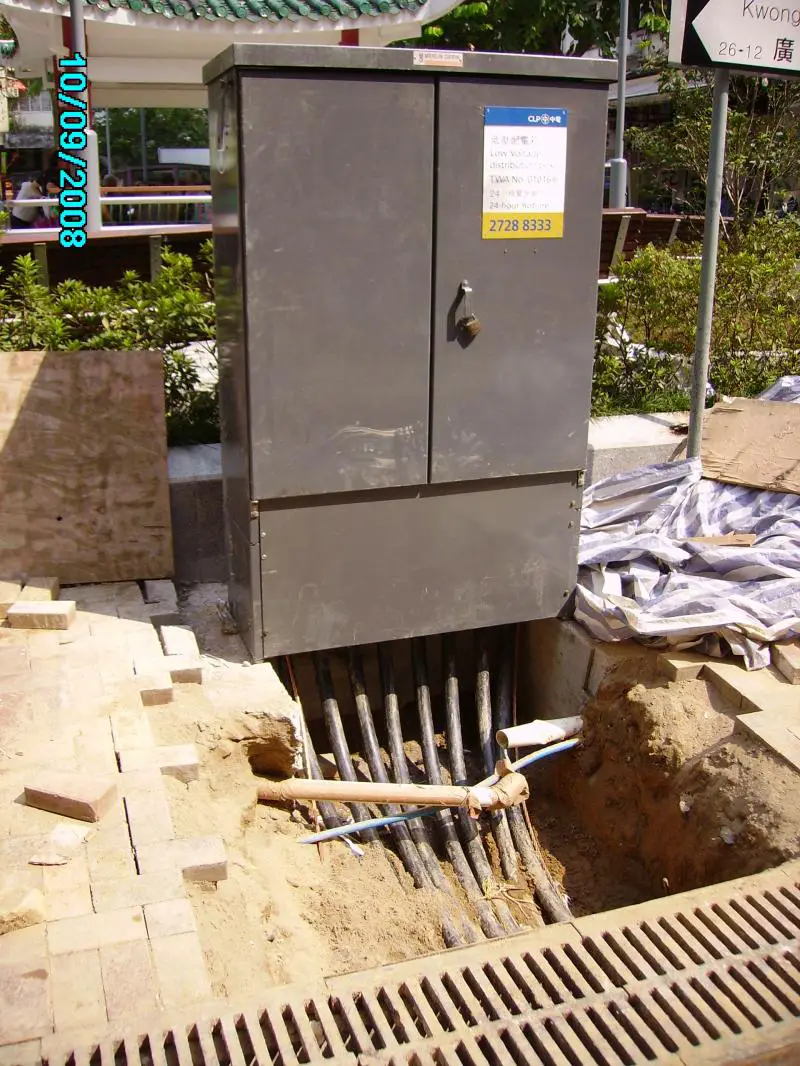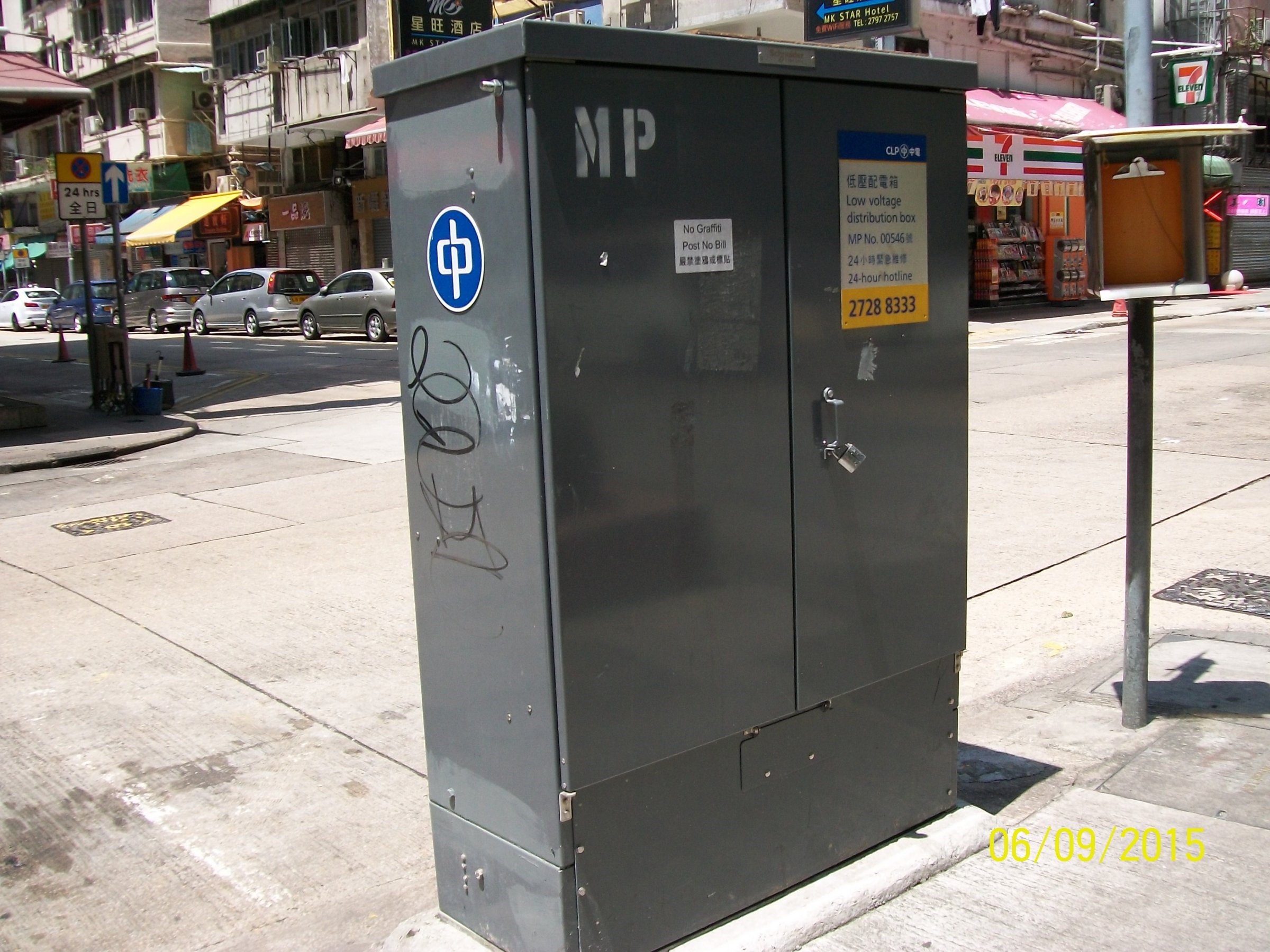K
kai
The UK should adopt the system they use in China nowadays, whereby the street mains are terminated in a Distribution Cabinet, containing banks of 100amp service fuses in three rows, one per phase. From this cabinet run the customer service cables, which are of course fused at 100 amps, not the 800 amps we have in the UK, that run to each house in the street, into a dedicated meter box containing a Power Comany Isolator switch - then the Meter - and a Customer Isolator switch, and finally the Consumer Unit, probably a traditional Wylex Standard, but likely to be a din rail box variety in the newest houses.
A much safer system perhaps - the whole service cable being fused at 100 amps.




